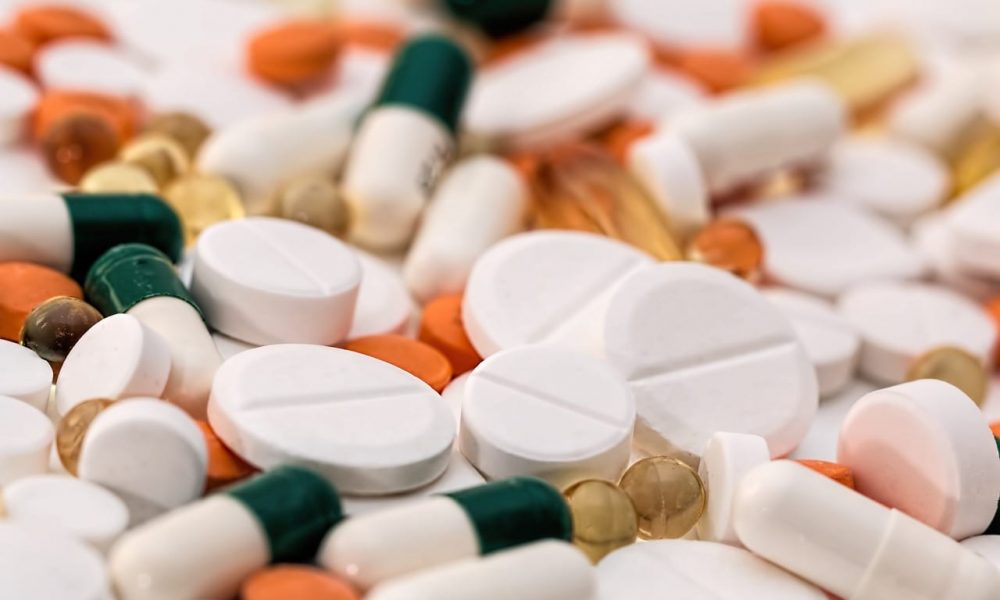Focusing on patient-experience and clinician-needs for therapy monitoring needs to be priority
Monitoring drug activity markers during therapy comes with the need to establish when, where, how and what to test. In turn this throws up several concerns and variables for clinicians and patients relating to time, costs, anxiety, results delivery etc.
So, are there drug monitoring methods that can address patient anxiety and help reduce hospital or medical centre visits while also offering a more appealing solution to tight healthcare budgets and reduce frontline staff workload?
The future of monitoring drug therapy could therefore lie with a device that can easily test human-response to a biosimilar or therapeutic in a straightforward testing scenario and produce real-time data to enable rapid analysis and guidance of patient therapy pathways.
The answer
 Companion and complementary lateral flow immunoassay (LFIA) near-patient tests are being utilised extensively across regulated and less-regulated industries for the rapid production of qualitative, semi- and fully-quantitative results: in fact, the lateral flow market is expected to grow by a Compound Annual Growth Rate (CAGR) of 8.2% by 2022 (MarketsandMarkets.com).
Companion and complementary lateral flow immunoassay (LFIA) near-patient tests are being utilised extensively across regulated and less-regulated industries for the rapid production of qualitative, semi- and fully-quantitative results: in fact, the lateral flow market is expected to grow by a Compound Annual Growth Rate (CAGR) of 8.2% by 2022 (MarketsandMarkets.com).
The technology is favoured for its ease of use, cost-effectiveness and the ability to be configured to detect a multitude of markers in various samples, and in a variety of near-patient, home, over the counter and clinical testing scenarios. Also, utilising LFIAs with a smartphone or desktop reader data solution is revolutionising how healthcare providers assess, diagnose and monitor disease status: these data solutions are creating value for all stakeholders via the production of real-time data.
One example of lateral flow use in the Pharmaceutical Industry, is a test for the quantitative determination of trough levels of adalimumab in serum1. Another example is the development of an LFIA for authenticating dihydroartemisinin and piperaquine2, two drugs used in an artemisinin-based combination therapy.
Personalised medicine and patient experience
The bespoke nature of a personalised medicine approach inevitably requires regularly monitoring a patient’s response to therapy. So, access to and analysis of a variety of targeted and patient-centric real-time data sets is crucial for allowing clinician to offer guidance and react to drug marker activity in a timely manner.
In doing so, the near-patient test approach helps with improving patient-experience because results are delivered quicker following a simply testing process. In turn, this can address patient anxiety.
Also, the long game benefits for clinicians and drug companies, is that recording patient outcomes and drug performance is possible with electronic patient-reported outcome (ePRO) system built into a lateral flow Smartphone App or reader. The ability to track the use and success of a drug means that drugs can evolve and be tailored to meet the needs of the patients.
The future
Pharmaceutical market revenue grew from US$390.2 billion to over US$1,200 billion between 2001 and 20183. New drugs, ageing and growing populations are some of the market drivers. The increased market competition, especially with off-patent products, contributes to the Pharmaceutical industry constantly looking to disrupt and innovate in order to deliver ground breaking drugs that stand out in the crowd.
The main aims have to be improving patient experience and appealing to how healthcare providers can deliver a service that reduces cost and workload constraints.
Policy and decision makers are more likely to approve the use of drugs if the complementary marker monitoring methods:
- are less invasive,
- produce rapid results,
- can be used at home or in a clinic and
- deliver instant data for immediate analysis.
Learn more
Contact a member if our team to see how near-patient tests could benefit monitoring drug therapy. Alternatively, please download our brochure.
References: 1. https://www.alphalabs.co.uk/lf-tlad25; 2. Ning X et al. Development of a lateral flow dipstick for simultaneous and semi-quantitative analysis of dihydroartemisinin and piperaquine in an artemisinin combination therapy. Drug Test Anal. 2019 May 31. doi: 10.1002/dta.2656; 3. https://www.statista.com/statistics/263102/pharmaceutical-market-worldwide-revenue-since-2001/

